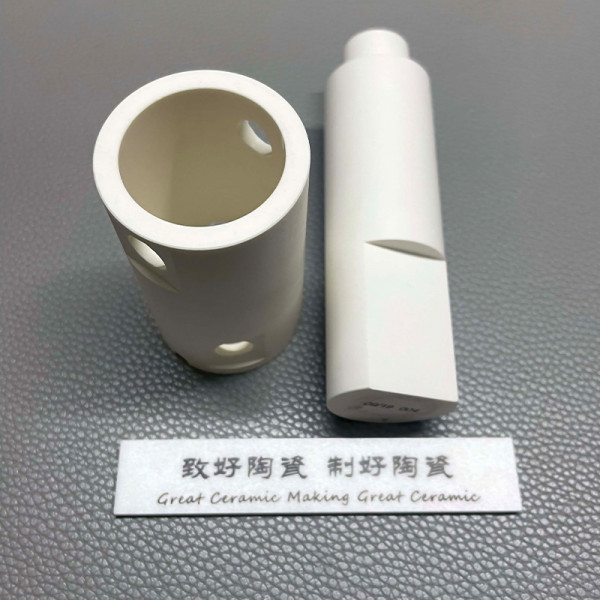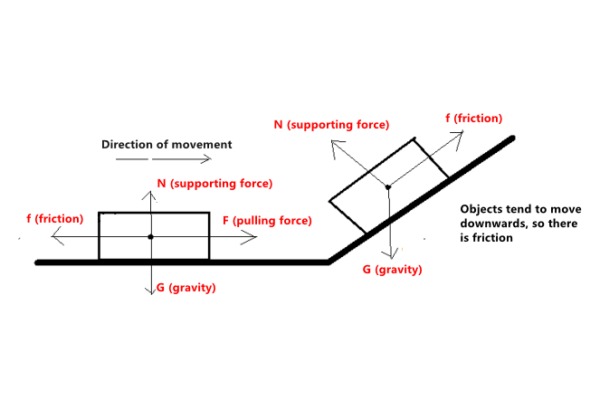The Curious Case of the Coefficient of Friction
As we dive deep into the quirky world of engineering, let’s talk about something that doesn’t just slide under the radar—the coefficient of friction. It’s like the unsung hero of smooth operations. You might be asking, “What’s so riveting about that?” Well, my friend, the coefficient of friction is what helps engineers determine how different materials interact. Whether you’re thinking about your car tires gripping the road or the rubber soles of your favorite sneakers, it’s all about how a material resists sliding against another. This specific measurement plays a key role in material science, impacting everything from safety to performance in numerous industries.

Understanding Coefficient of Friction Units
Alright, let’s get a bit technical with coefficient of friction units. These handy markers tell us just how slippery or grippy two surfaces can be when they tango. In essence, these units are a measurement of frictional force compared to the force pressing the two surfaces together. But don’t get lost in the math just yet! What’s important here is that different materials yield different coefficients, leading to varying levels of friction under specific conditions. This knowledge is like the secret sauce for engineers and designers, allowing them to create safer, more efficient products that cater to our everyday needs.

Ceramic Friction Coefficient Explained
Let’s not forget our friendly neighborhood hero—the ceramic friction coefficient! This specific coefficient is crucial for understanding how ceramic surfaces behave, especially in applications where wear and tear are frequent. High-performance ceramics, like zirconia, have distinctive properties that alter their friction profile significantly. When engineers choose materials for applications involving high loads or thermal stability, they often turn to ceramics for their excellent friction characteristics. So next time you’re marveling at a ceramic mug or tile, remember that their friction coefficient plays an important role in their durability and functionality.
Wrapping It Up with a Brand Recommendation
Summing it all up, we’ve ventured through the fascinating realm of the coefficient of friction, explored the significance of coefficient of friction units, and acknowledged the wonders of the ceramic friction coefficient. This journey through frictional forces shows the importance of material choice across a multitude of applications. For those looking for quality products that incorporate these principles, look no further than Great Ceramic. They combine cutting-edge technology with superior materials, ensuring you get the best performance without compromising on quality.
